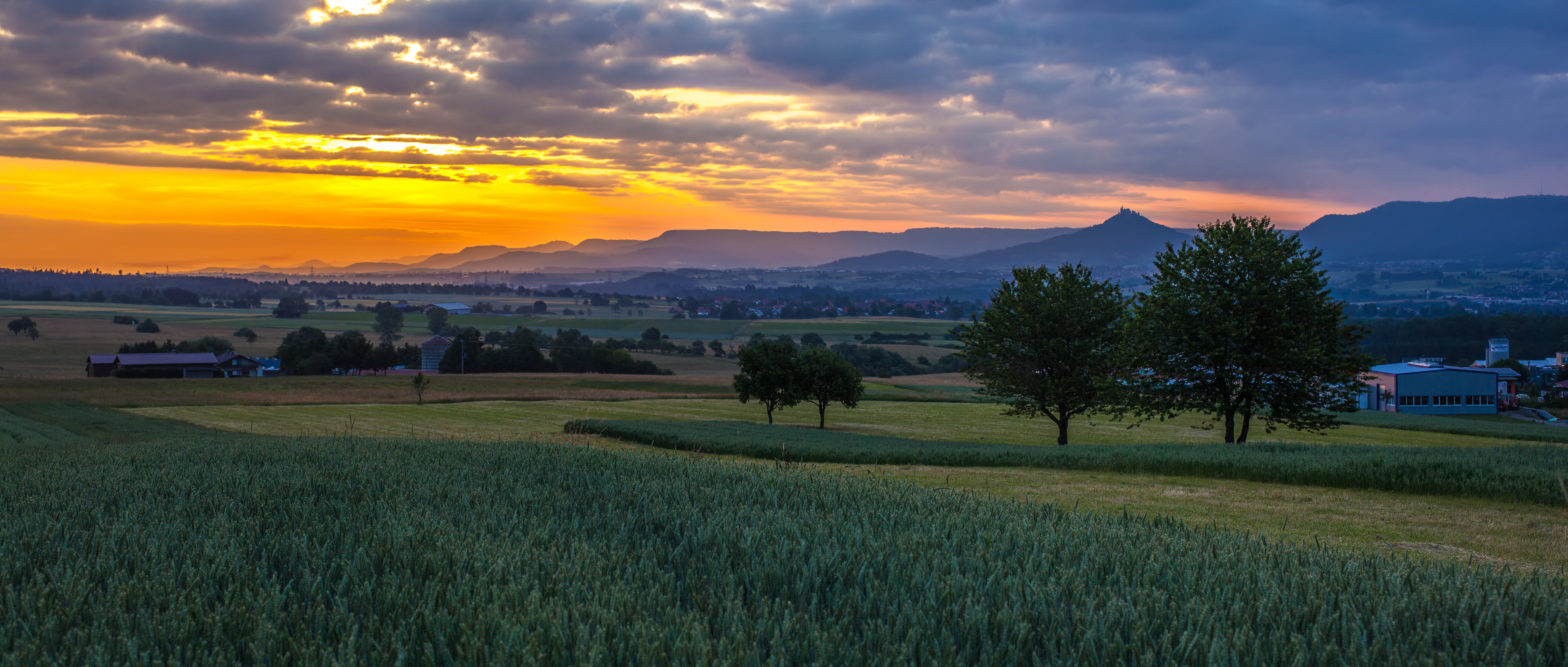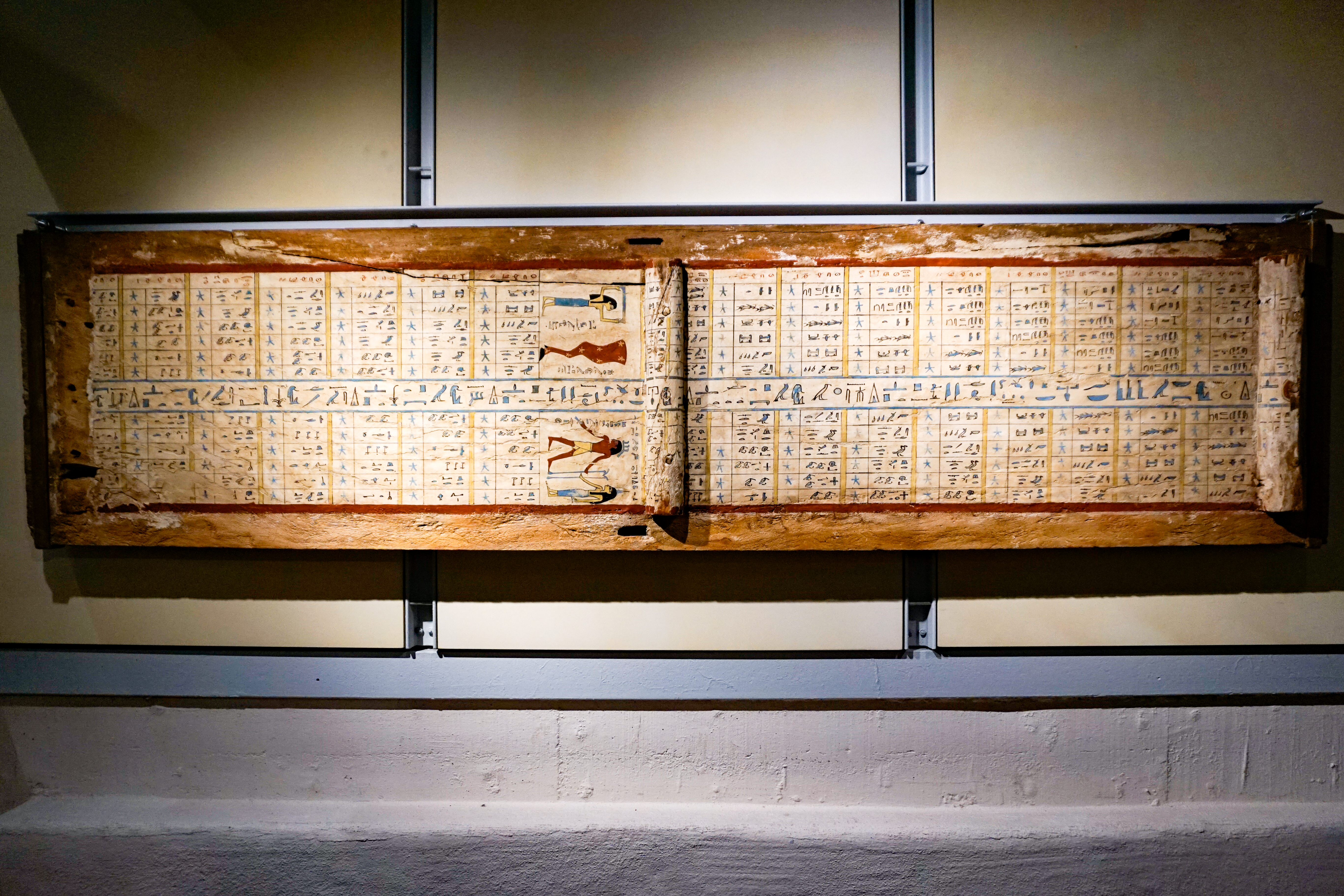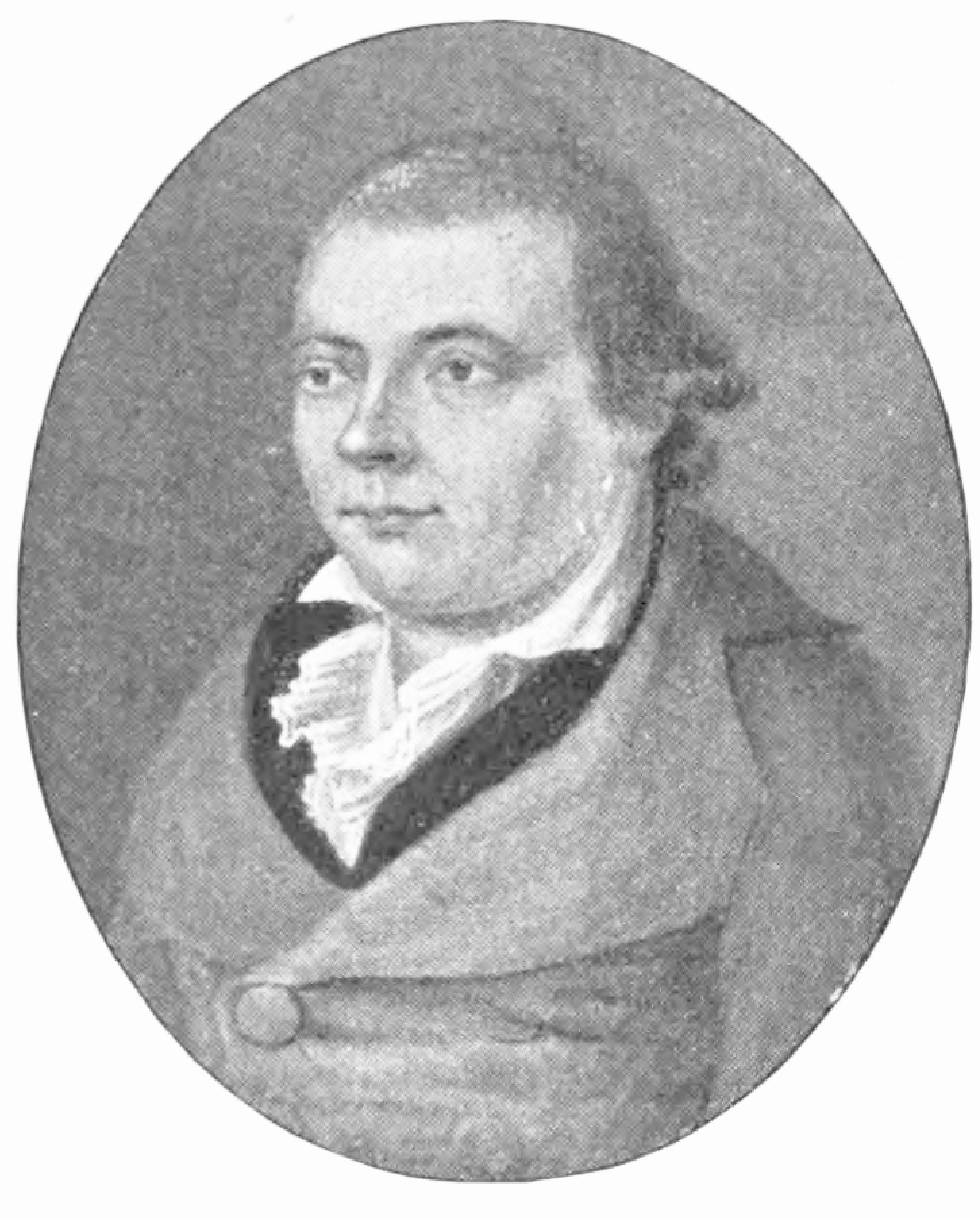|
Sirgenstein Cave
The small Sirgenstein Cave, is situated above sea level inside the high ''Sirgenstein'', a limestone rock. The cave sits above the Ach River valley bottom in the central Swabian Jura, southern Germany. Archaeologist R. R. Schmidt excavated the site in 1906 during which he identified indices of prehistoric human presence. He recorded the complete stratigraphic sequence of Palaeolithic and Neolithic origin. In his 1910 analysis Schmidt inspired future archaeologists with his pioneering concept of including the excavation site within its geographic region, contextualizing it within a wide scientific spectrum and demonstrated valuable results as he correlated the Sirgenstein layer structure to those of prehistoric sites in France. Mammoth ivory beads dating from 39,000 to 35,000 years ago have been uncovered at the cave. Because of its historical and cultural significance and its testimony to the development of Paleolithic art, the cave was inscribed on the UNESCO World Heritage ... [...More Info...] [...Related Items...] OR: [Wikipedia] [Google] [Baidu] |
Swabian Jura
The Swabian Jura ( , more rarely ), sometimes also named Swabian Alps in English, is a mountain range in Baden-Württemberg, Germany, extending from southwest to northeast and in width. It is named after the region of Swabia. It is part of the Table Jura (). The Swabian Jura occupies the region bounded by the Danube in the southeast and the upper Neckar in the northwest. In the southwest it rises to the higher mountains of the Black Forest. The highest mountain in the region is the Lemberg (Swabian Alb), Lemberg (). The area's profile resembles a high plateau, which slowly falls away to the southeast. The northwestern edge is a steep escarpment (called the Albtrauf or Albanstieg, rising up , covered with forests), while the top is flat or gently rolling. In economic and cultural terms, the Swabian Jura includes regions just around the mountain range. It is a popular recreation area. The whole ''Schwäbische Alb'' area is a UNESCO Global Geoparks, UNESCO global geopark coveri ... [...More Info...] [...Related Items...] OR: [Wikipedia] [Google] [Baidu] |
Archaeology
Archaeology or archeology is the study of human activity through the recovery and analysis of material culture. The archaeological record consists of Artifact (archaeology), artifacts, architecture, biofact (archaeology), biofacts or ecofacts, archaeological site, sites, and cultural landscapes. Archaeology can be considered both a social science and a branch of the humanities. It is usually considered an independent academic discipline, but may also be classified as part of anthropology (in North America – the four-field approach), history or geography. The discipline involves Survey (archaeology), surveying, Archaeological excavation, excavation, and eventually Post excavation, analysis of data collected, to learn more about the past. In broad scope, archaeology relies on cross-disciplinary research. Archaeologists study human prehistory and history, from the development of the first stone tools at Lomekwi in East Africa 3.3 million years ago up until recent decades. A ... [...More Info...] [...Related Items...] OR: [Wikipedia] [Google] [Baidu] |
University Of Tübingen
The University of Tübingen, officially the Eberhard Karl University of Tübingen (; ), is a public research university located in the city of Tübingen, Baden-Württemberg, Germany. The University of Tübingen is one of eleven German Excellence Universities. The University of Tübingen is especially known as a centre for the study of plant biology, medicine, law, archeology, ancient cultures, philosophy, theology, religious studies, humanities, and more recently as a center of excellence for artificial intelligence. The university's noted alumni and faculty include presidents, a pope, EU Commissioners, judges of the Federal Constitutional Court, and Johannes Kepler. The university is associated with eleven List of Nobel laureates, Nobel laureates, especially in the fields of medicine and chemistry. History The University of Tübingen was founded in 1477 by Count Eberhard I, Duke of Württemberg, Eberhard V (Eberhard im Bart, 1445–1496), later the first Duke of Württemberg ... [...More Info...] [...Related Items...] OR: [Wikipedia] [Google] [Baidu] |
Oscar Fraas
Oscar Friedrich von Fraas (17 January 1824 in Lorch (Württemberg) – 22 November 1897 in Stuttgart) was a German clergyman, paleontologist and geologist. He was the father of geologist Eberhard Fraas (1862–1915). Biography He studied theology at the University of Tübingen (ministry exam, 1845). He was also deeply interested in natural sciences, and while a student at Tübingen was influenced by geologist Friedrich August von Quenstedt. In 1847 he travelled to Paris, where he attended lectures given by Alcide d'Orbigny and Jean-Baptiste Élie de Beaumont. From 1850 to 1854, he served as a pastor in Laufen an der Eyach,Geological Magazine, Volume 5; Volume 35 edited by Henry Woodward and in the meantime obtained in his doctorate from the |
Felix Fabri
Felix Fabri (also spelt Faber; 1441 – 1502) was a Swiss Dominican theologian. He left vivid and detailed descriptions of his pilgrimages to Palestine and also in 1489 authored a book on the history of Swabia, entitled ''Historia Suevorum''. He made his early studies under the Dominicans at Basel and Ulm, where he spent most of his life. "Faber" is the Latin nominative singular form of his surname. He is often referred to as "Fabri", the Latin genitive singular, i.e. the possessive form, because his name appears this way in the title of his book, "Fratris Felicis Fabri Evagatorium in Terræ Sanctæ, Arabiæ et Egypti peregrinationem". One of Fabri's companions during his 1483–84 pilgrimage to the Holy Land was Hungarian poet and cleric János Lászai (). In Jerusalem, he met Bernhard von Breidenbach.Fabri, 1893, p104/ref> A fictional account of Fabri's journey to and time in the Holy Land is found in the book ''A Stolen Tongue'', by Sheri Holman. Bibliography *Fabri, ... [...More Info...] [...Related Items...] OR: [Wikipedia] [Google] [Baidu] |
Clergy
Clergy are formal leaders within established religions. Their roles and functions vary in different religious traditions, but usually involve presiding over specific rituals and teaching their religion's doctrines and practices. Some of the terms used for individual clergy are clergyman, clergywoman, clergyperson, churchman, cleric, ecclesiastic, and vicegerent while clerk in holy orders has a long history but is rarely used. In Christianity, the specific names and roles of the clergy vary by denomination and there is a wide range of formal and informal clergy positions, including deacons, elders, priests, bishops, cardinals, preachers, pastors, presbyters, ministers, and the pope. In Islam, a religious leader is often known formally or informally as an imam, caliph, qadi, mufti, sheikh, mullah, muezzin, and ulema. In the Jewish tradition, a religious leader is often a rabbi (teacher) or hazzan (cantor). Etymology The word ''cleric'' comes from the ecclesia ... [...More Info...] [...Related Items...] OR: [Wikipedia] [Google] [Baidu] |
Dominican Order
The Order of Preachers (, abbreviated OP), commonly known as the Dominican Order, is a Catholic Church, Catholic mendicant order of pontifical right that was founded in France by a Castilians, Castilian priest named Saint Dominic, Dominic de Guzmán. It was approved by Pope Honorius III via the papal bull on 22 December 1216. Members of the order, who are referred to as Dominicans, generally display the letters ''OP'' after their names, standing for , meaning 'of the Order of Preachers'. Membership in the order includes friars, nuns, Religious sister (Catholic), active sisters, and Laity, lay or secular Dominicans (formerly known as Third Order of Saint Dominic, tertiaries). More recently, there have been a growing number of associates of the religious sisters who are unrelated to the tertiaries. Founded to preach the The gospel, gospel and to oppose heresy, the teaching activity of the order and its scholastic organisation placed it at the forefront of the intellectual life of ... [...More Info...] [...Related Items...] OR: [Wikipedia] [Google] [Baidu] |
Blaubeuren
Blaubeuren () is a town in the district of Alb-Donau near Ulm in Baden-Württemberg, Germany. it had 11,963 inhabitants. Geography Geographical location The core city Blaubeuren lies at the foot of the Swabian Jura, west of Ulm. Neighboring communities The city is borders to the north to Suppingen and Berghülen, on the east to Blaustein, in the south to Ulm and Erbach and in the west to Schelklingen and Heroldstatt. Constituent The city Blaubeuren consists of the districts Blaubeuren, Gerhausen, Altental, Asch, Beiningen, Pappelau, Beimerstetten, Sotzenhausen, Seißen, Wennenden, Sonderbuch and Weiler with the core city Blaubeuren and 18 other villages, hamlets, farms and (individual) houses. Castles Within the town borough are the ruins of a number of castles: Ruck Castle and Blauenstein Castle, Hohengerhausen Castle (in Gerhausen), Günzelburg Castle and Burkartsweiler (both in Seißen), Sirgenstein Castle (in Weiler), and Gleißenburg Castle (in Beiningen).''D ... [...More Info...] [...Related Items...] OR: [Wikipedia] [Google] [Baidu] |
Schelklingen
Schelklingen () is a town in the district of Alb-Donau in Baden-Württemberg in Germany. It is situated 10 km north of Ehingen, and 20 km west of Ulm. Schelklingen and 82% of its territory form part of the Swabian Jura Biosphere Reserve. Geography The town centre of Schelklingen is located in the prehistoric valley of the Danube at the feet of the Swabian ''Alb'' or Swabian Jura (). The villages of Hausen ob Urspring, Justingen, and Ingstetten are located on the table land of the Swabian Alb. In the Schmiech valley are located the villages of Schmiechen, Hütten, Gundershofen, and Sondernach. Neighbouring municipalities To the north of Schelkingen is the town of Heroldstatt, to the east the town of Blaubeuren, to the south-east the town of Erbach, to the south are Altheim and Allmendingen, and to the west are Mehrstetten and the town of Münsingen, the latter both belonging to the county of Reutlingen. Municipal structure The borough of Schelklingen has ... [...More Info...] [...Related Items...] OR: [Wikipedia] [Google] [Baidu] |
Geissenklösterle
Geissenklösterle () is an archaeological site of significance for the central European Upper Paleolithic, located near the town of Blaubeuren in the Swabian Jura in Baden-Württemberg, southern Germany. First explored in 1963, the cave contains traces of early prehistoric art from between 43,000 and 30,000 years ago, including some of the oldest-known musical instruments and several animal figurines. Because of the historical and cultural importance of these findings, in 2017 the site became part of the UNESCO World Heritage Site Caves and Ice Age Art in the Swabian Jura. Overview It is one of a number of caves where early modern humans in the Aurignacian, between 43,000 and 30,000 years ago left traces of early artwork, including the Vogelherd, Brillenhöhle, Grosse Grotte, Hohle Fels and Hohlenstein-Stadel caves. The cave contains sediments, that were divided into six levels belonging to the Aurignacian and seven levels of the Gravettian. Levels below are accredited to the ... [...More Info...] [...Related Items...] OR: [Wikipedia] [Google] [Baidu] |
Hohle Fels
The ''Hohle Fels'' (; also ''Hohlefels'', ''Hohler Fels'', German for "hollow rock") is a cave in the Swabian Jura of Germany that has yielded a number of important archaeological finds dating from the Upper Paleolithic. Artifacts found in the cave represent some of the earliest examples of prehistoric art and musical instruments ever discovered. The cave is just outside the town of Schelklingen in the state of Baden-Württemberg, near Ulm. Because of the outstanding archeological finds and their cultural significance, in 2017 the site became part of the UNESCO World Heritage Site Caves and Ice Age Art in the Swabian Jura. Discoveries The first excavation took place in 1870, yielding remnants of cave bears, reindeer, mammoths and horses as well as tools belonging to the Aurignacian culture of the Upper Paleolithic. Further excavations during 1958 to 1960, 1977, and 2002 yielded a number of spectacular finds, including several specimens of prehistoric sculpture such as ... [...More Info...] [...Related Items...] OR: [Wikipedia] [Google] [Baidu] |
Caves And Ice Age Art In The Swabian Jura
The Caves and Ice Age Art in the Swabian Jura are a collection of six caves in southern Germany which were used by Last Glacial Period, Ice Age humans for shelter about 33,000 to 43,000 years ago. Within the caves were found the oldest non-stationary works of human art yet discovered, in the form of carved animal and humanoid figurines, in addition to the oldest musical instruments ever found. One statuette of a female form, carved figurines of animals (including cave lions, mammoths, horses and cattle), musical instruments and items of personal adornment have been discovered. Some of the figurines depict creatures that are half animal, half human. Because of their testimony to the development of Paleolithic art and culture, the six caves were inscribed on the UNESCO World Heritage List in 2017. The caves are seen as the first centre of human art, were named "cradle of art" and "cradle of civilization", with a continuous cultural heritage over 6000 years, and are among the first ... [...More Info...] [...Related Items...] OR: [Wikipedia] [Google] [Baidu] |










